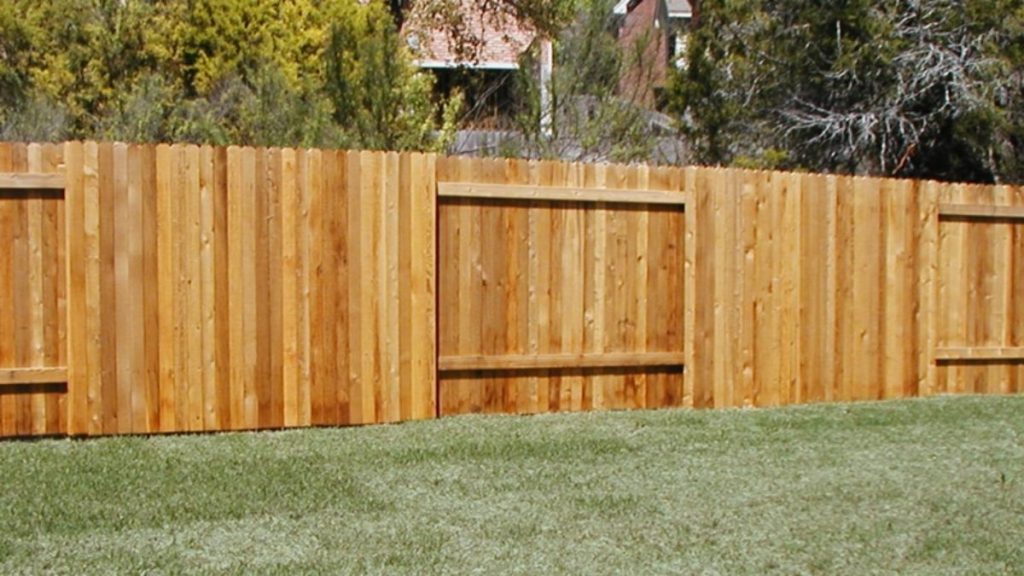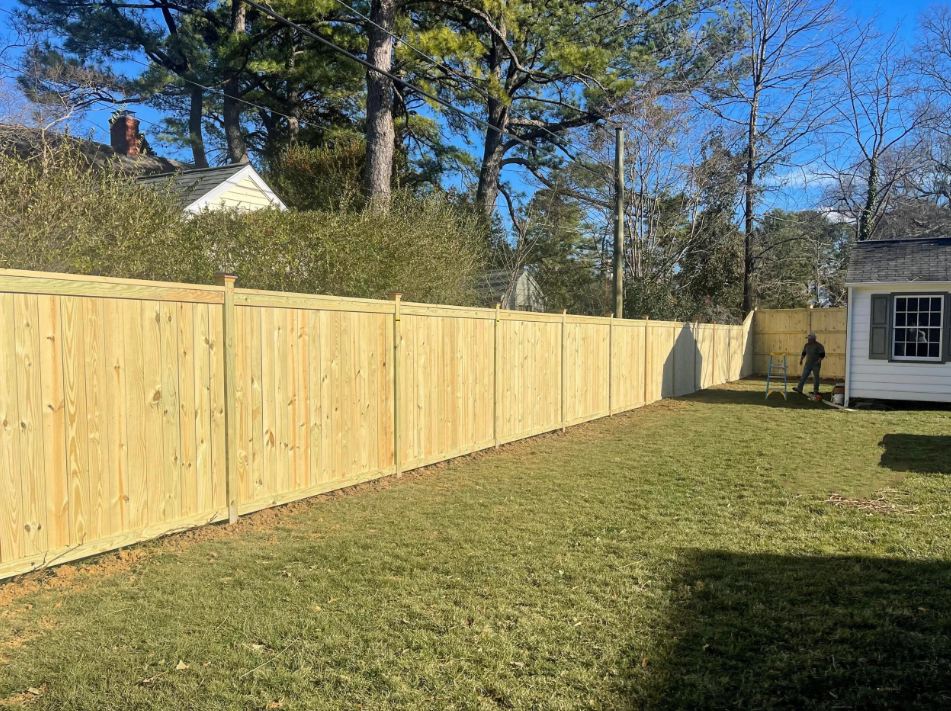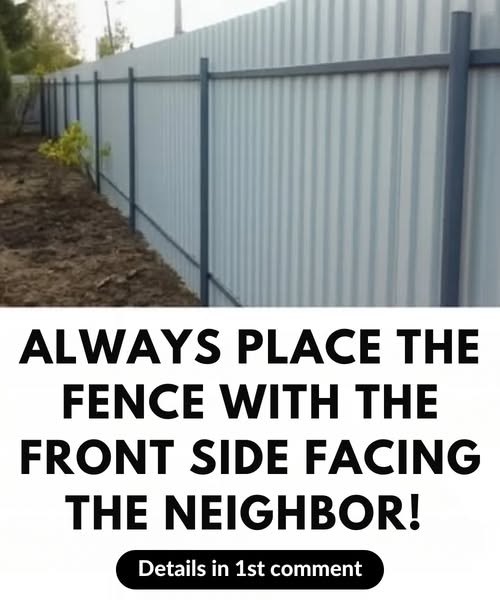When installing a new fence, the orientation of its “good” or finished side is more than aesthetic—it’s a matter of neighborly courtesy and, in many places, local regulations. Essentially, the smooth, polished side of a fence should face outward, toward your neighbor or the street, while the supporting rails and posts remain hidden on your side
The “Good Side” vs. the “Back Side”
Good side (face side): The finished surface offers a clean, visually appealing look.
Back side: Reveals structural elements like rails and posts, creating a rougher appearance. Local ordinances in many municipalities explicitly require the finished side to face the neighboring property or public areas.

Legal Requirements Across Regions
In most towns and boroughs, regulations mandate that the good side face outward. Smucker Fencing notes this rule applies to wooden privacy and picket fences, and failing to do so can incur penalties or forced reinstallation at your expense. However, enforcement and specifics can vary depending on local zoning codes—so it’s wise to verify with your township or building department before installing .
Customary Manners and Best Practices
Even in areas without strict regulations, the “good side” tradition remains powerful. The Fence Authority explains that installing the polished side outward is considered civilized etiquette, preserving goodwill and avoiding disputes. Conversely, installing it “backwards” may suggest disregard or neglect—an unintended but real affront.
When You Pay, You Get to Decide
In some communities (particularly where local codes are absent), the homeowner who pays for the fence typically has the right to decide its orientation. Still, common sense encourages facing the good side outward—even if law doesn’t mandate it—to foster neighborly harmony.
Alternatives: Double-Sided & Good-Neighbour Designs
If you’re concerned about how the fence looks from your side, consider these solutions:
- Double-sided fence: Both sides have finished panels for aesthetics and strength.
- Shadow-box or “good neighbor” fence: Boards are alternated on both sides, making both faces attractive
- Vinyl or aluminum fence: Uniform appearance with no structural differences, so either side looks polished .
These options maintain visual appeal on both sides while respecting customary norms.
Communication Is Key
Before building, follow these neighborly steps:
- Confirm boundary lines—ensure your fence is within your property
- Discuss plans—even if not required, talking through height, style, and orientation avoids misunderstandings .
- Check local rules—verify if there are height limits, materials restrictions, or side orientation clauses.
- Proactive communication often yields cooperation—some neighbors may even offer to share costs.
Maintenance Is a Shared Interest
Once built, maintaining the fence is essential for both parties. A falling-down fence drags on neighborhood appeal. Whether it’s repainting, fixing rot, or replacing broken boards, upkeep is a shared responsibility—especially when the fence is a shared boundary feature.

Final Takeaway
Always install the finished side facing outward—toward your neighbor or street.
- Confirm local ordinances and property lines before starting.
- Even if you pay, courtesy wins—facing outward avoids friction.
- Consider double-sided or good-neighbor construction for aesthetics on both sides.
- Communicate and collaborate with your neighbor to build goodwill and trust.
- By respecting these etiquette and legal guidelines, you’ll create a beautiful fence that enhances property value—and stronger relations with those around you.

















